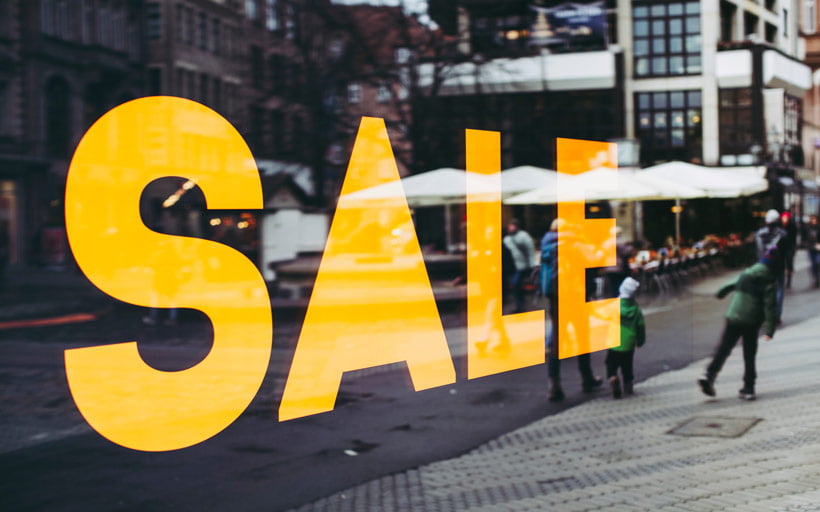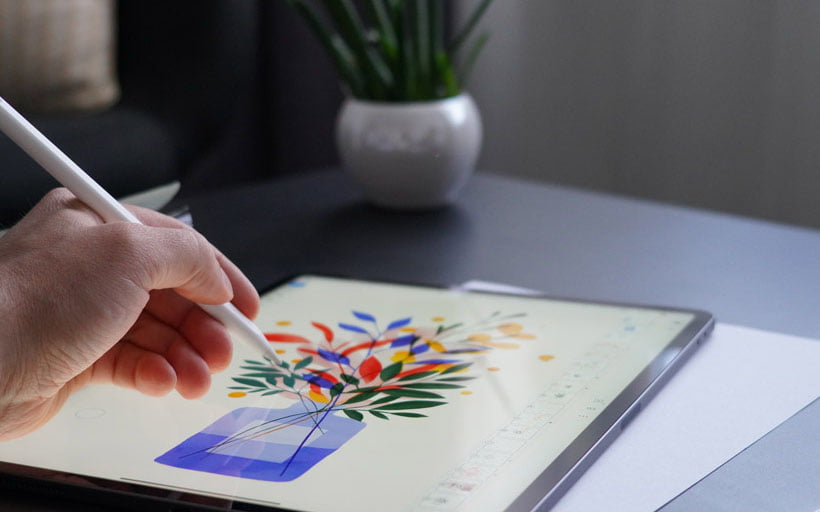15 great product photography ideas to help you sell more

Tags
Interested in joining the world's leading print on demand platform?
Did you know that people form their first impression within a mere 50 milliseconds?!
That’s not a lot of time to grab the attention of your potential customers, so you have to make every second count…or every millisecond. And you can do this with amazing photos of your products.
It doesn’t matter what you’re selling, from beer to hoodies, product aesthetics matter.
In this article, we’re going to give you 15 great product photography ideas to inspire you to take amazing photos of your products that will engage your customers and help you sell more.
1. Create a scene
This is a big area to cover, so let’s start here first! When photographing your product, it’s important to not only think about how your product looks, but also the entire area around it. You can use your background to help you sell your product. You may have heard the saying:
“Don’t sell the mattress, sell a good night’s sleep.”
The same applies regardless of what you are selling. For example, don’t sell the beer, sell a good time:

This photo is also great because it shows the product in the environment that it is intended to be used in. The environment of your product photo can really help customers to imagine themselves using it, which is also going to help you sell more!
Of course, it takes a lot of planning to orchestrate a shot like the above, so another idea is to create a scene yourself using props. Take a look at this photo:

“Don’t just sell the poster, sell the beautiful office space.”
The photographer here has truly created a scene in which to host the product. And it makes for a more interesting photograph, which of course makes for more engaged customers!
Another popular technique is using a Bokeh background to make the product the main focus of the shot. Bokeh is a blur effect and most people use it to create a background like the one seen here:

To find out how to do this, read How to Achieve Nice Bokeh.
2. Macro shots
Macro shots are super close-ups. You probably see these a lot in restaurants: a blob of butter slowly melting atop a cob of corn. These are very evocative photographs that are supposed to “awake our senses” and encourage us to buy.
Here are some examples:


Chess and playing the guitar are hobbies that have devoted followers, so macro shots like this are sure to ignite some fond memories for them that will heighten their intent to buy.
However, alongside macro shots, it’s also important to include full shots of your products. When selling online, the more information you can give to your customers, the more likely they will be to make a purchase. People want to know that what they see is what they get.
3. Place the product in the background
These are almost like the opposite of macro shots. By placing the product in the background of the shot, rather than as the main focus, you can show it in its intended environment and spark the imagination of your prospective customers, like the prints in this image:

4. Freeze frame photography
Freeze frame photographs are downright cool. If you want to grab someone’s attention, this is how.

It can be a tricky art to master, and you may find yourself with reams of blurry practice shots before you find the perfect one. But when you do get the shot just right, and you make it look like time has stopped, your product photos will look extremely professional and this is sure to impress potential customers. Imagine your custom-branded mug in a shot like this?
5. Photo manipulation
Photo manipulation is the first technique on our list so far that you will need more than just a camera to pull off. To manipulate your photos, like this:
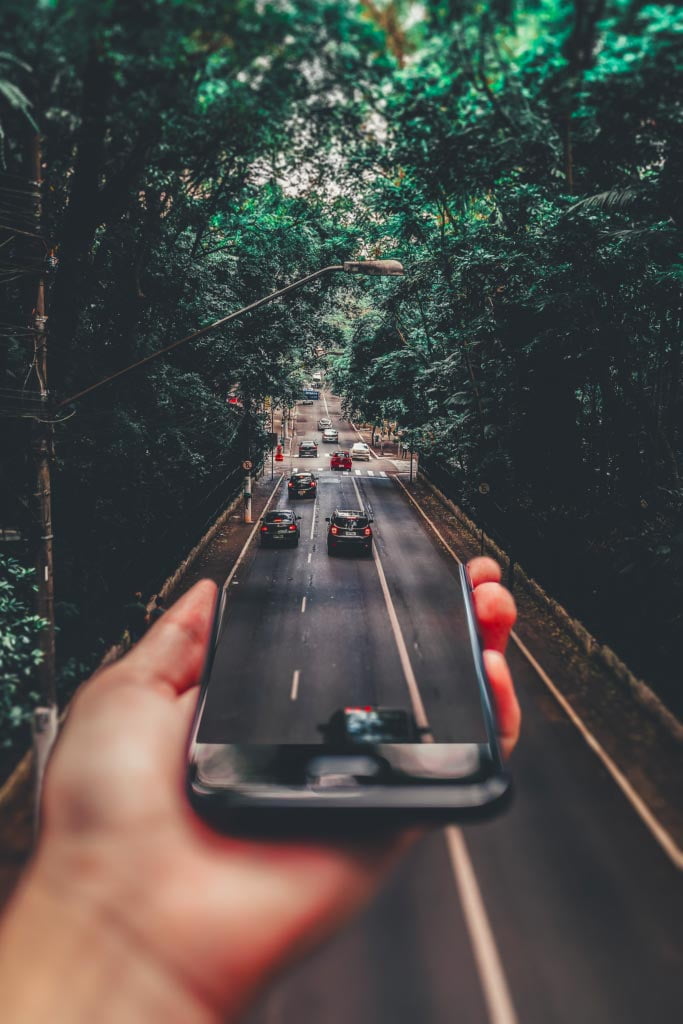
You will need use of an editing software like Photoshop or Adobe Illustrator. However, these softwares aren’t as simple as ‘Download and Go’, so you may need to look for some online tutorials on YouTube.
Better yet, you could hire a designer to help you. Photo manipulation is very useful if you want to get across your product’s core offering in a clever and memorable way.
6. Show all product variations
When buying online, customers want to look at as many photos as they can so that they know they’re going to be happy with their purchase. As such, it helps to show all product variations in your product photos.
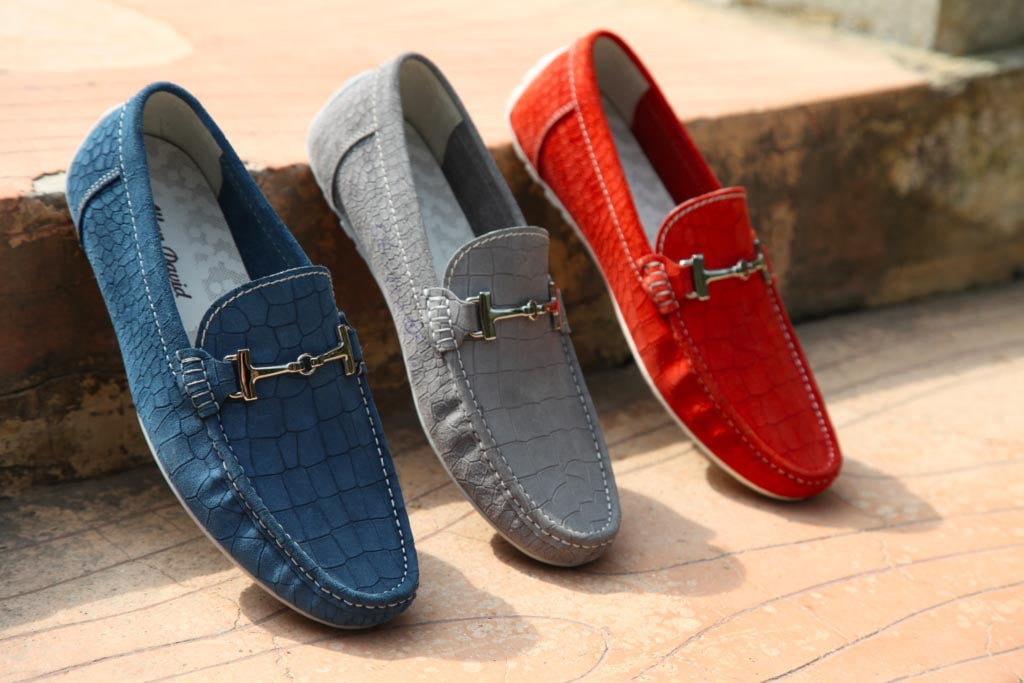
Don’t rely on your customers to simply imagine what your product looks like in a different colour — show them! If your competitors aren’t doing this, then this will help you get ahead and sell more.
7. Show the product in use
Before you take your product photos, brainstorm with your team about exactly what your ideal customers want from your product. For example, if you’re selling a custom apparel for urban warriors then a photo like this might work:

Or, if you’re selling slippers, your customers want to relax. You need to portray these "wants" in your product photos.

You can also grab attention by showing your products being used in unusual situations, like this:

Ecommerce is a competitive game, so if you see an opportunity to stand out from the crowd, take it.
8. 360 degree photos
In a brick and mortar store, customers have the luxury of holding products, looking at them from all angles, feeling the weight and so on. But when shopping online, people can’t do that.
However, with a feature like Arqspin, you can give your customers an immersive experience by allowing them to see your products from every angle.
With Arqspin, you get a turntable and access to cloud-based editing account so that you can make all of your product photos 360 degrees.
9. Show people
People love to see other people in advertisements and product photos. According to research by Toluna, more than half of people connect more with media that features real people. An even higher percentage, 62.3%, agreed that a brand featuring ordinary, real people were more likely to understand their customers.

When you feature people in your product photos, it speaks to your ideal customers. They can recognise themselves in the photo and imagine themselves using or wearing your product.
10. Experiment with angles
Most people, when they take a photograph, will instinctively shoot from eye level, like this:

This works just fine. In fact, this is a great photo that covers many points we’ve discussed so far: showing a person, a product in use, and a bokeh background! Having said that, it doesn’t hurt to experiment with different angles to see if you can create something a little more eye-catching.
Shooting from above is a popular choice because it eliminates any prominent perspective and instead requires the viewer to give their complete attention to the subject of the photo:

11. Use a reflected surface
Using a reflected surface adds a little extra something to an otherwise straightforward product photo.

You can create a reflected surface effect by using a photo manipulation tool, or you could try your hand at making your own reflected surface with a mirror. To make this look more professional, adjust the lighting in the room (or again, use some photo editing software to do this).
12. Use props
Using props is another way to help your customers imagine the different ways that your product(s) will be of use to them. If you use other products you are selling as the props, it can also help you to sell more of those.

This photo here gives us a great sense of adventure. If the photo was just of the watch alone, then we would know what the watch looks like…but that’s about all. This photo tells an interesting story, and in doing so, tells us more about the product and the brand selling it.
13. Suspended products
This is an opportunity to play around with your photography skills, have fun, and most importantly, make a lasting impression.

Images of suspended products look impressive and whilst it will take some effort and trial and error to get right, you can take a photo like this by using some clear fishing line. Afterwards you (or your graphic design friends) can edit out the line in Photoshop.
14. Standalone product
We’ve talked a lot about what you should place around your products. We’ve gone through using props, creating a scene, and showing your product being used by people. But sometimes, nothing can beat the stand-alone product.
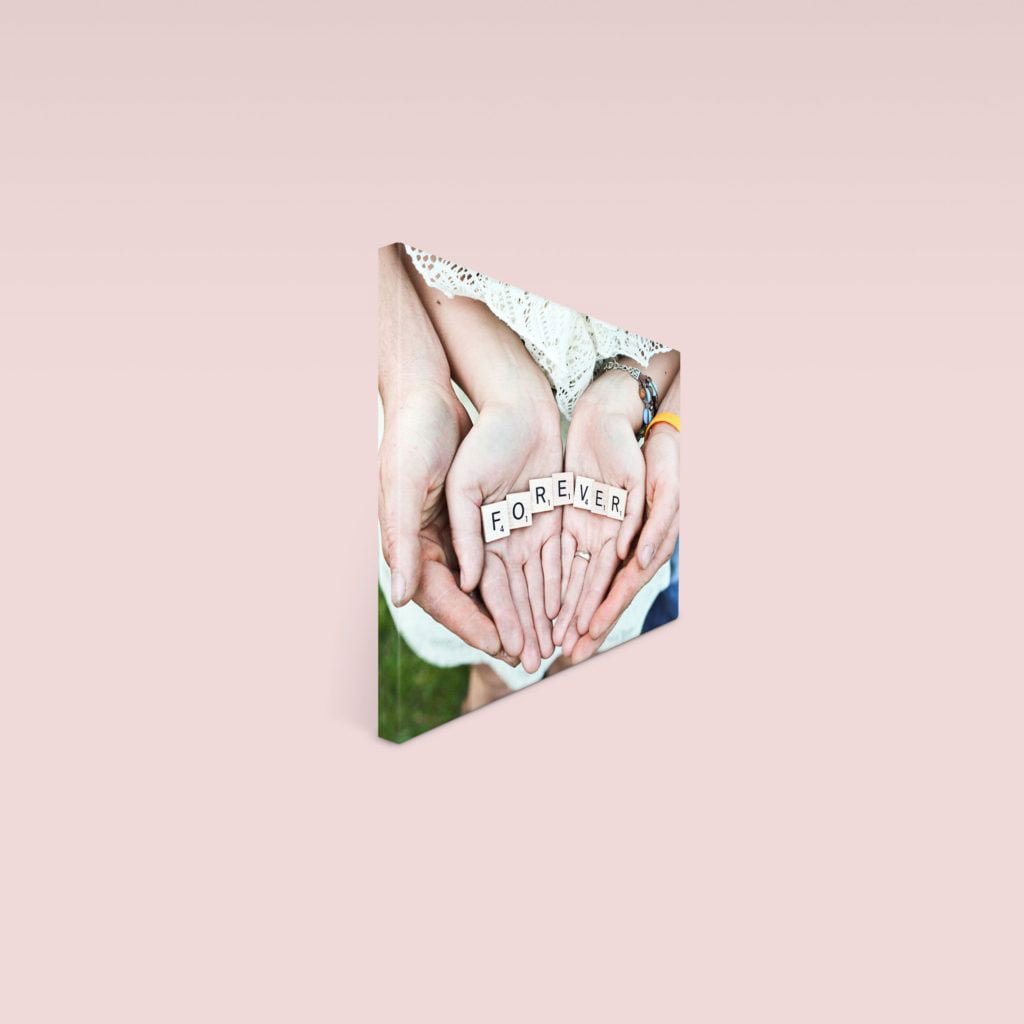
Frills aren’t always needed. Sometimes it can be just as effective to have all of the focus on your product.
15. Show your personality
Taking photos of your products is not only an opportunity to showcase them, it’s also a chance to get your personality across. When customers identify with the personality of your brand, it strengthens your relationship and can encourage a sense of loyalty in them.
Consider your brand’s personality, and how you can portray that in your product photos. The image below is a good example:
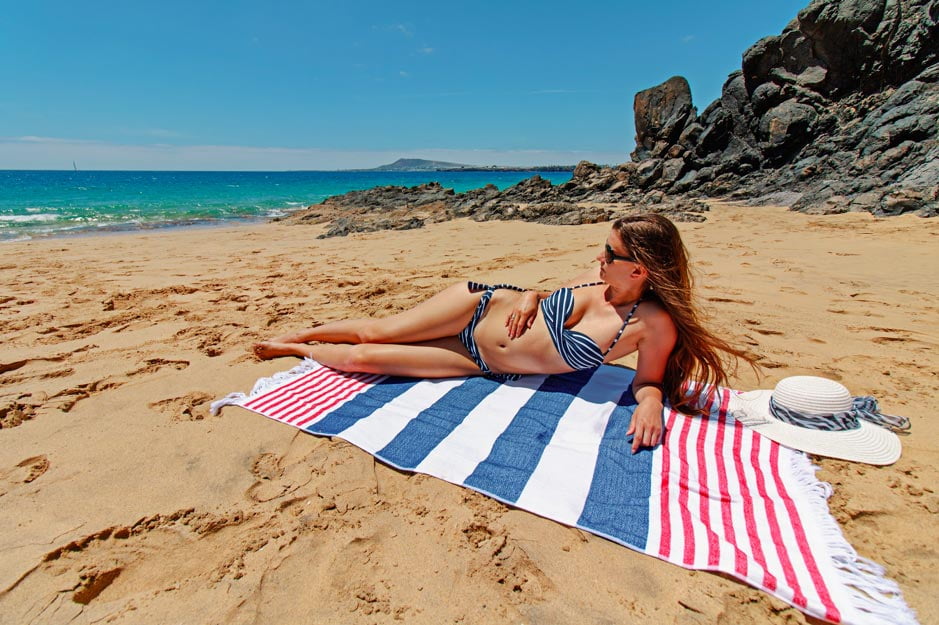
The towel is still the focus of the shot, but because we can see someone using it, we can imagine ourselves in this situation. This way, the brand begins to sell more than just a towel. It sells adventure, relaxation, and sunshine.
Bonus Tip If you want to take really great product photos, then the best tip we can give you is to invest in a decent photography set up. This includes finding the right camera, a tripod, and some artificial lighting if you want to be really professional.
For more information on this, take a look at our article: Building a Product Photography Set-Up.
Conclusion
In the world of ecommerce, product photography is one of the only ways that you can visually grab the attention of your potential customers. These days, even smartphone cameras can take amazing photos, so to really stand out and sell more, you need to think outside of the box.
Set up some products using our Shopify App, order some samples and use these tips to get great product photos.

